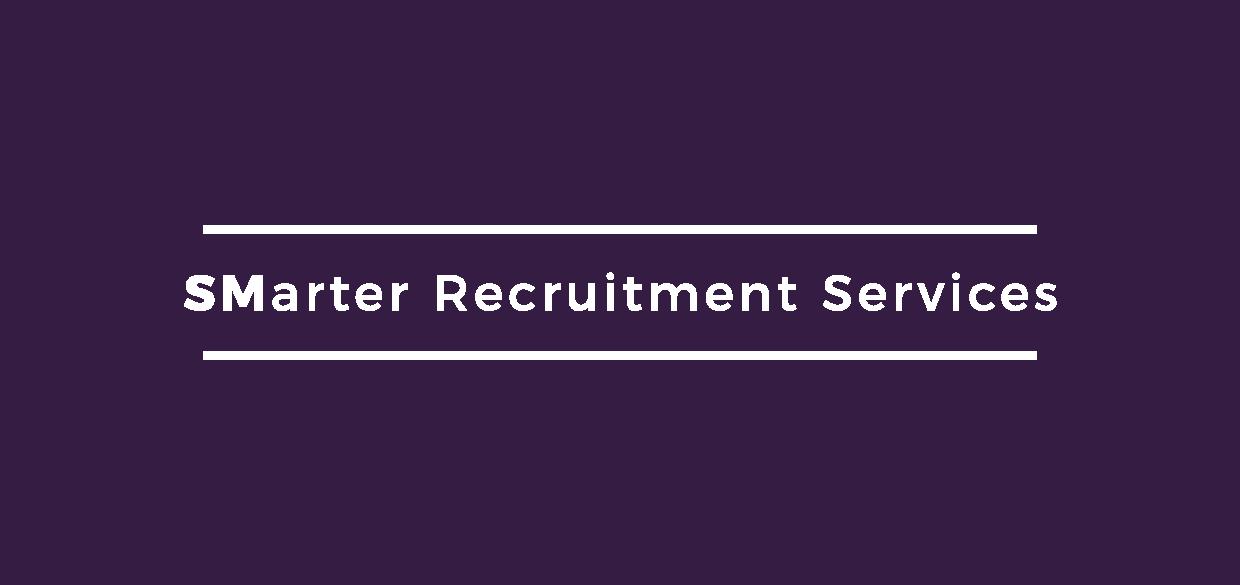Your CV is often referred to as the passport of the working industry. In short, the main purpose of your CV is to help you sell yourself to employers. You can use your CV to secure an interview, or to show off your accolades to a potential future employer.
Either way, one thing is for certain – the majority of people don’t spend more than 20 seconds reading through your CV.
As such, it’s of paramount importance to instantly grab the attention of the reader. With that in mind, it’s equally important to ensure that your CV is flexible – often meaning that you may need to create multiple copies of your CV.
Assembling and writing your CV
The most important thing to consider when collating information for your CV, is to consider whether the information is relevant to the employer. You also need to ensure that everything you list is true, and can be proven to some extent. It’s also equally important to ensure that there are no visible gaps between your employment. You need to be able to explain any gaps in your history – such as travelling on holiday, being out of work or caring for a sick family member.
With that said, it’s extremely important that the first page of your CV captivates and implores the employer to carry on reading. Within the first half of the page, you should be explaining why you’re the best candidate for the job, and why you feel that you can make a positive impact to their business. You should also give the reader a glimpse of your personality – and why your personality would be beneficial for the job.
Structure and Content – What To Include
PERSONAL DETAILS
Name, address, and telephone number
CV SUMMARY
A short and concise paragraph highlighting your key strengths and abilities. This should be specific to the job you are applying for.
MAJOR ACHIEVEMENTS
List between two and five of your most relevant achievements to date. These, again, should be role specific where possible.
PROFESSIONAL QUALIFICATIONS
Include any relevant qualifications and training programs you’ve completed.
EDUCATIONAL QUALIFICATIONS
Include your most relevant educational qualifications.
EMPLOYMENT HISTORY/WORK EXPERIENCE
Start with your current or last employer and work backwards. You should provide the following information for each previous employer:
- Name of employer
- Nature of the business
- Job title
- Accurate dates of employment
- Responsibilities and duties
- Achievements
- If you have extensive experience, you should refrain from posting your earliest careers (unless relevant to the job you are applying for)
OTHER EXPERIENCE
List any computer systems, software or skills you have
INTERESTS/HOBBIES
List interests, hobbies and any sports you play
REFERENCES
State that references are available upon request
Handy Tips For Formatting Your CV
Formatting your CV can be done in no set way. It’s entirely up to you how you choose to format it, and what formatting tools you choose to use (bullet points etc). However, there are certain things which should always be done, or at least considered. For example, you should always opt for a word processed CV. The most popular software of choice is Microsoft Word – as all recruitment agencies and businesses will have access to Word. It’s also recommended to keep your CV limited to no more than 3-pages. You want to keep the reader engaged, and you don’t want to come across as being over-confident.
A well formatted CV can make you stand out from the crowd. Ensuring that your CV is both comprehensive and easy to follow will allow the recruiter to easily do their job. They want to be able to scour through your CV quickly, pulling out all of the relevant achievements and experience. You can use bold and italic to highlight the most specific points – allowing for easier navigation.
Oakland’s Top Tip: Never include a photograph of yourself on your CV. This gives employers the chance to make assumptions before they have even met you.

